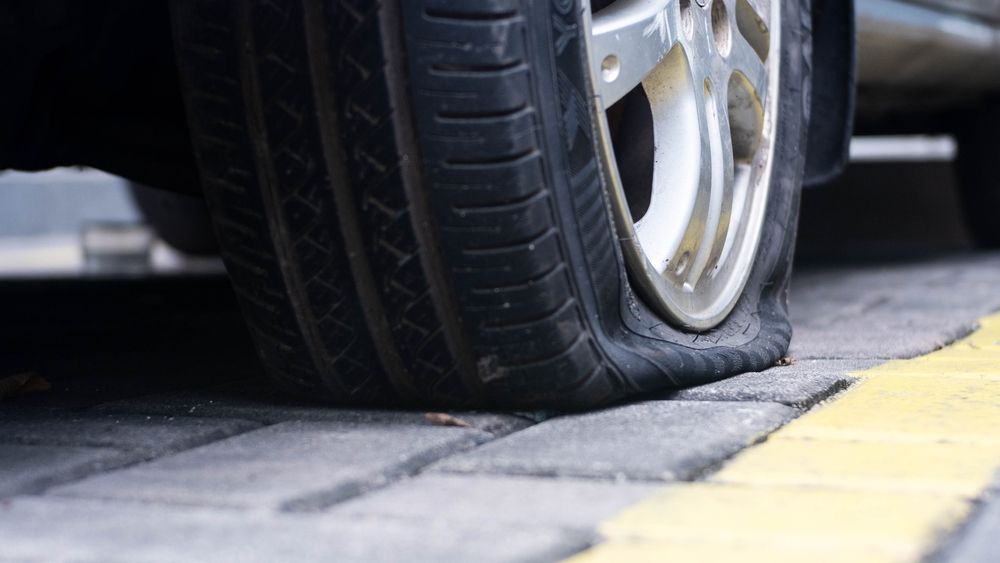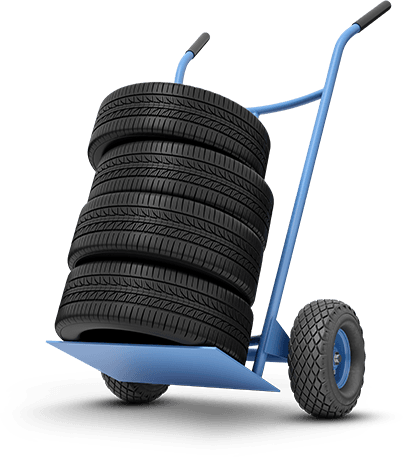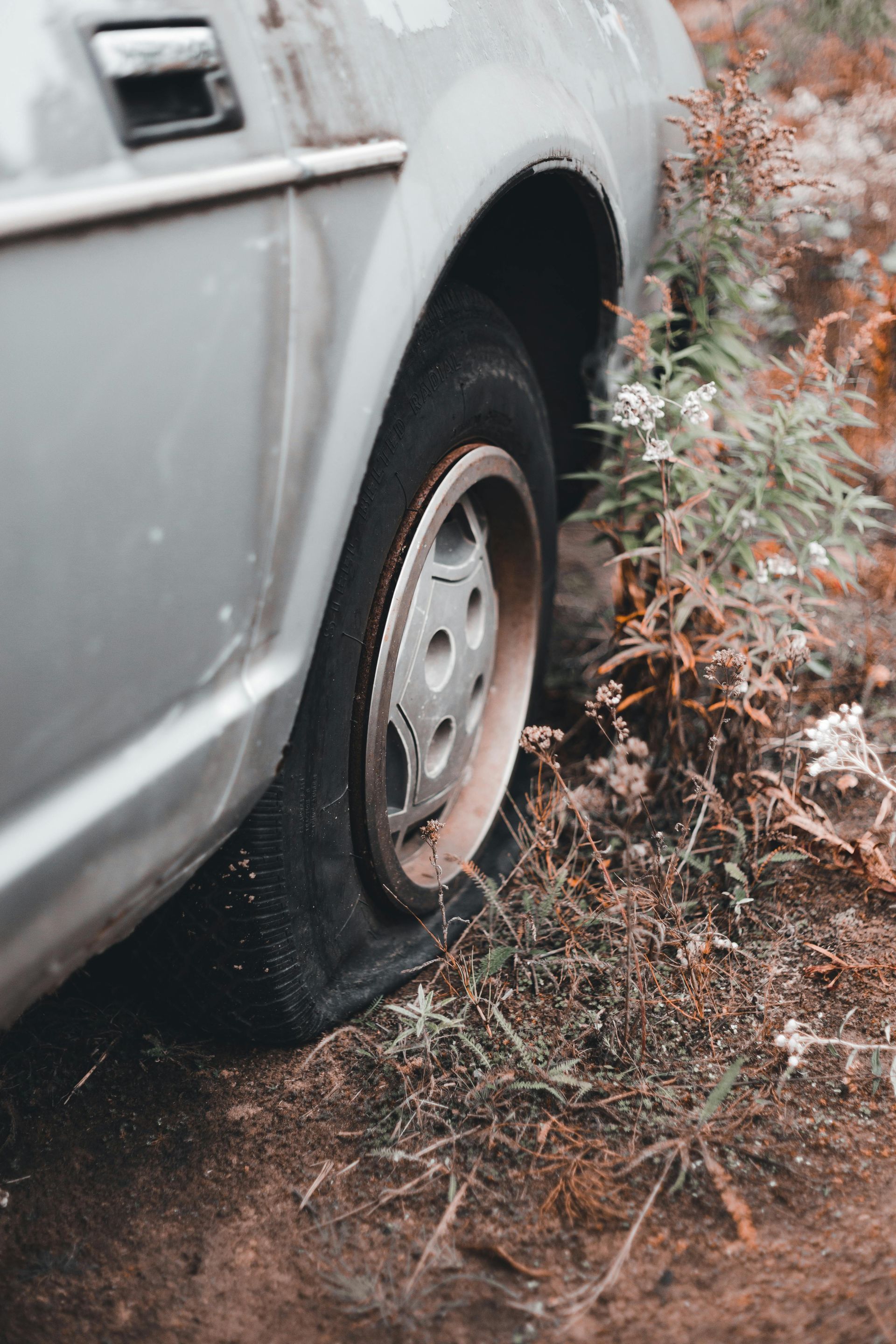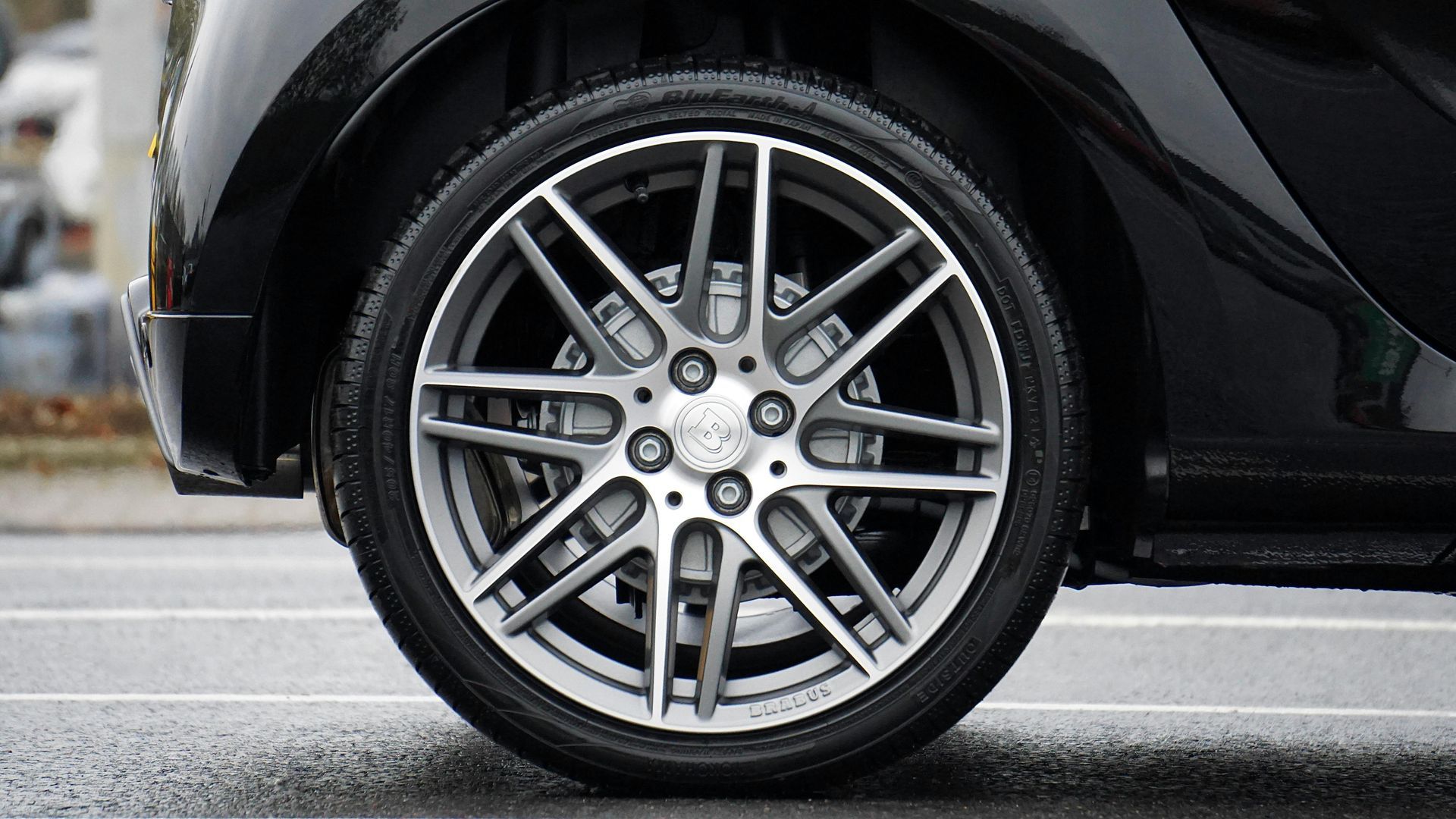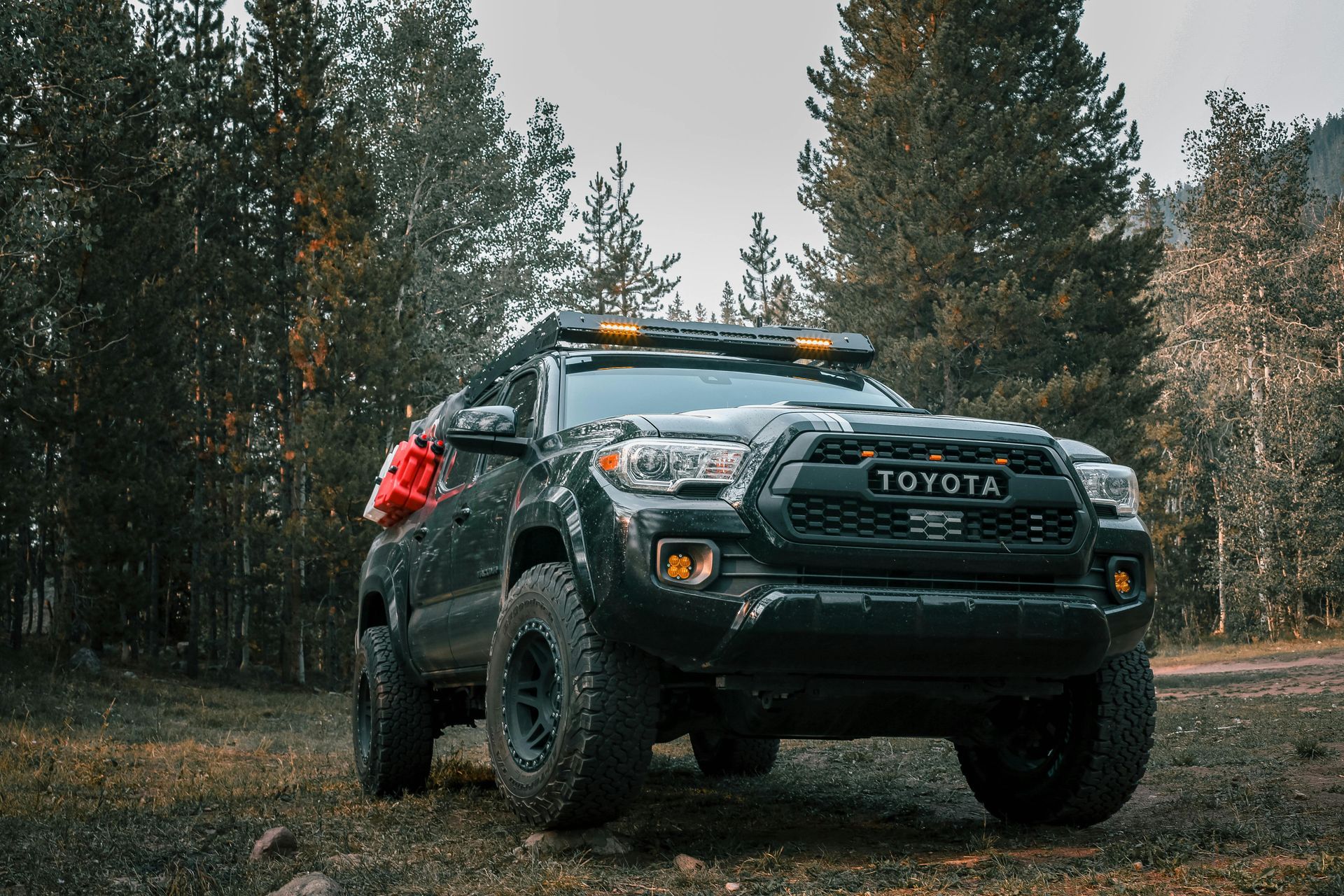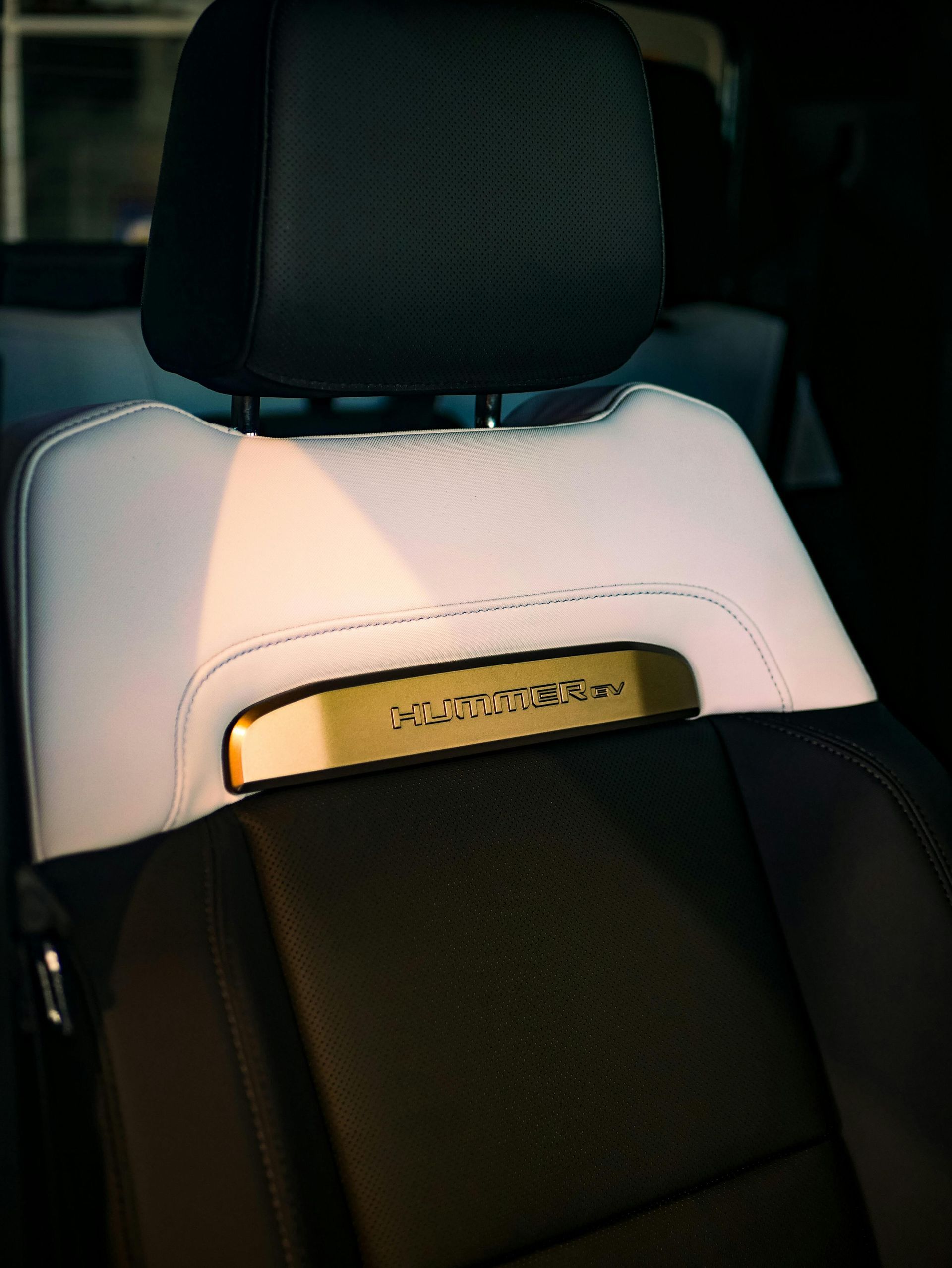Did you know flat tires are a top reason for roadside help calls? Thanks to mobile tire repair services like LugWrench Heroes, getting assistance is easier. Whether you're on a busy road or in your driveway, help is just a call away.
Imagine not having to wait in a crowded tire shop or juggle your schedule.
These services make dealing with tire emergencies much simpler. With more and more happy customers giving them 5-star ratings, it's clear mobile tire repair is changing the game. Convenience and efficiency are now the focus, making life easier for everyone. Roadside assistance is key for drivers with flat tires. They ensure a quick and proper tire change.
Benefits of Mobile Tire Repair Services
Mobile tire repair services offer big advantages. They save you time and hassle. No more waiting in long lines or finding a way to get your car to a shop. With mobile tire repair , the service comes to you, wherever you are.
The market size for passenger tires is huge, at $26 billion a year. Mobile tire repair services are available 24/7. This means help is always just a call away, especially in emergencies.
These services are also quick and efficient. Professional tire change experts work fast, thanks to their daily experience. This saves you time and gives you peace of mind, unlike trying to do it yourself.
Cost is another big plus. Getting a tire change through mobile services is often cheaper than a tow. It's a budget-friendly option for many drivers. Plus, it's better for the environment, avoiding the mess of changing tires yourself.
Safety is a top concern. Changing a tire on a busy road is risky. Mobile tire services make it safer by coming to you. They ensure the job is done safely and right.
Mobile tire services also offer more than just tire changes. They provide a range of roadside assistance, including vehicle diagnostics. This means your vehicle's safety is always the priority.
In short, mobile tire repair is a great choice. It's convenient, efficient, cost-effective, and safe. By using professional tire change services, you can keep moving without worry.
Can Someone Come Out to Change a Tire?
In today's fast world, getting flat tire help quickly is key. Companies like LugWrench Heroes offer on-demand services. Seven drivers get a flat tire every second, showing the need for these services.
Flat tires are a big part of roadside emergencies. Prices for these services range from $55 to $70, which is cheaper than many roadside plans.
Choosing on-demand services can be quicker and more efficient. They offer flat tire help right away and have many tire options. Tools like electric car jacks and repair kits can be expensive, making professional tire change service a better choice.
While some like to change tires themselves, having a service can save time and worry. These services are flexible, offering help whenever and wherever needed. This shows how roadside assistance is changing to meet driver needs better.
Conclusion
Dealing with a flat tire is much easier thanks to roadside assistance and mobile tire services. They offer quick and effective emergency tire service, making it unnecessary to visit traditional repair shops.
This means drivers can get help almost right away. It greatly reduces the stress of such situations. Mobile tire assistance brings expert technicians to your location. They have a variety of tires and can do tire rotation, balancing, and even switch out summer tires for winter ones.
This is super convenient and flexible. It's great because many people don't know how to change a tire. But, it's a task that can usually be done in under an hour.
Also, knowing that emergency tire service is just a call away makes driving safer. With services from professional towing companies and mobile tire units, drivers can handle maintenance tasks safely. It's clear that tire repair has become more efficient and customer-focused. This makes getting help for a flat tire more accessible than ever.
